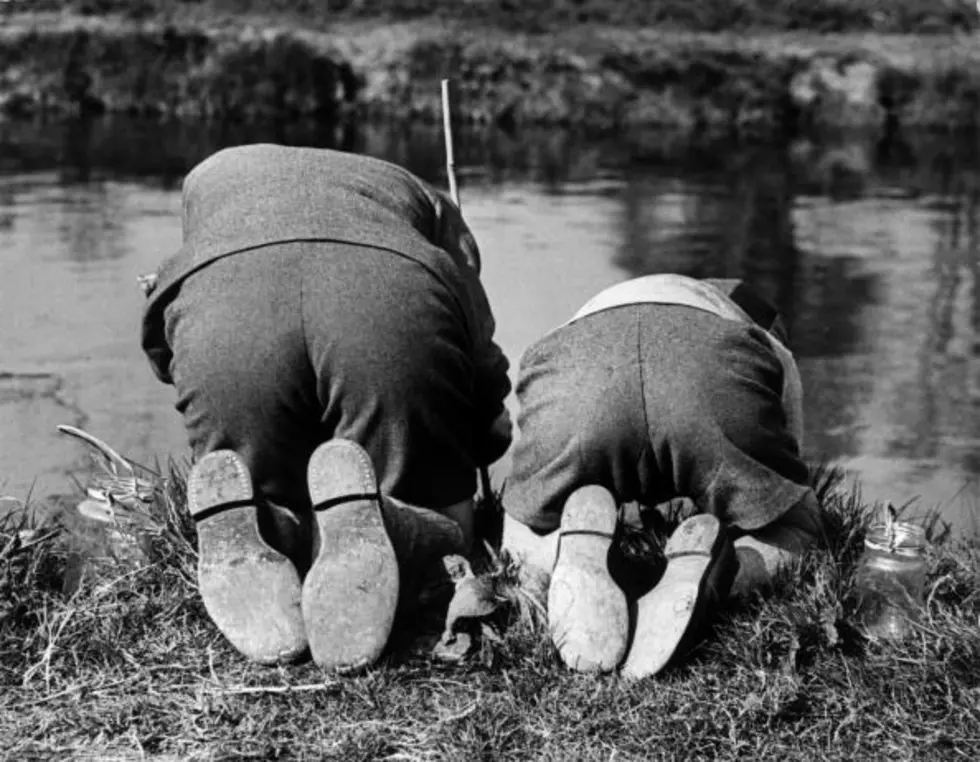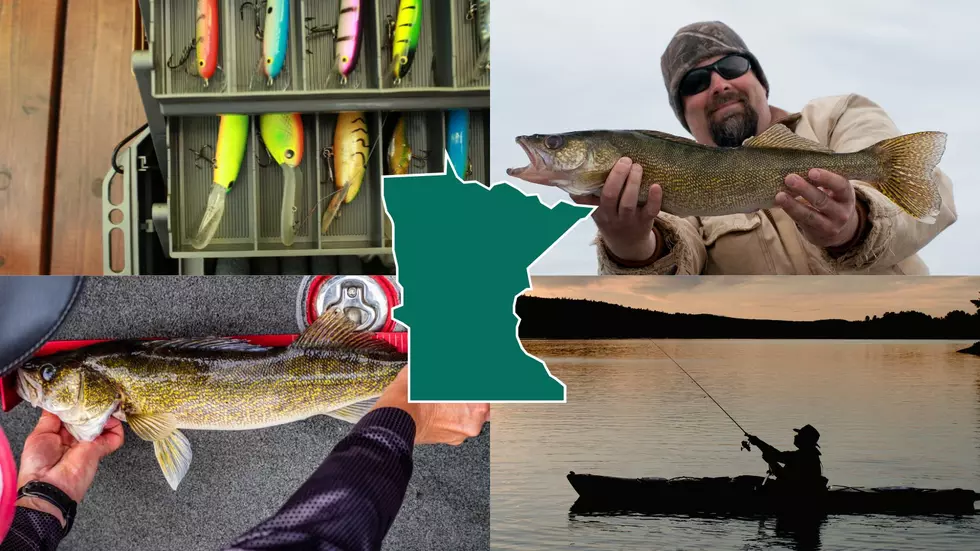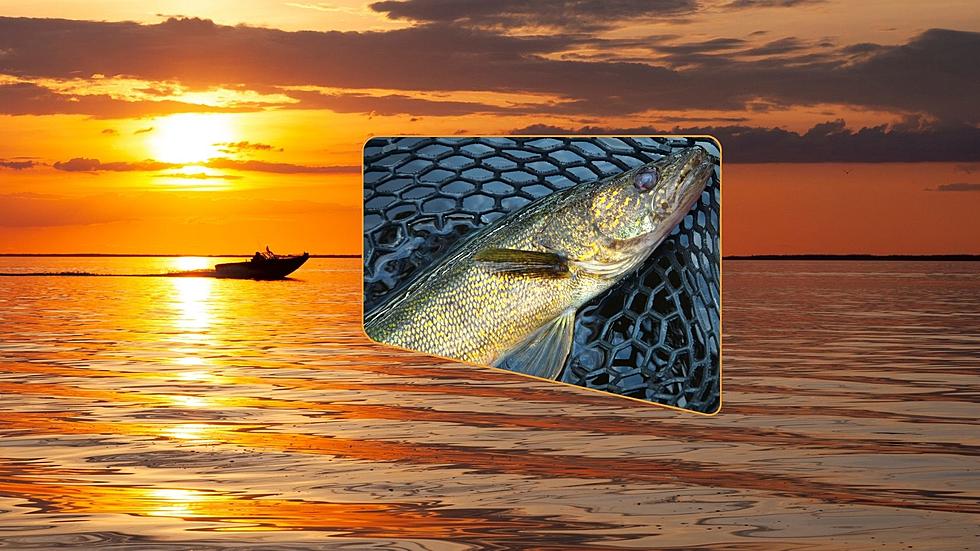
MN Department Of Natural Resources Offers Tips On How To Introduce Kids To Fishing
I have a lot of memories of fishing as a little boy, and most involve my dad and sisters. On the opener, we would all go up to Island Lake, buy minnows and candy at Verns, and try our luck off the shore. We didn't catch a lot of fish, but whenever we caught our first one of the year, my dad would bite the head off it.
I hardly fish at all anymore, but I would like to get my kids out to see if they enjoy it. With that time of year approaching, the MN Department of Natural Resources has just released these great tips on how to introduce kids to fishing:
Manage expectations – including your own
Remember, the goal is to have fun, said Roland Sigurdson, MinnAqua education coordinator with the DNR. Realize that children can have short attention spans and may want to move on to something else after a short time. Try looking at bugs or animals or even finding stones to skip.
“You can’t expect children to have the same level of enthusiasm you do the first few trips,” Sigurdson said. “Don’t make fishing a chore for them.”
Above all, have patience. Lines get snagged, hooks need baiting and kids might get dirty or need help taking a fish off the line. Don’t forget to give congratulations, no matter how big the fish.
“Seeing your child enjoy reeling in their first fish is rewarding so don’t forget to take pictures,” Sigurdson said.
Go prepared
Cold, hot, hungry or bitten is no way to learn how to fish. Remember to bring snacks, sunscreen, insect repellent and first-aid basics to make the trip comfortable for everyone.
When considering a location, choose one that is comfortable and safe. Look for restrooms, playground equipment, free parking and a public fishing pier. To find a pier nearby, see www.mndnr.gov/fishing_piers.
Simplify gear, catch fish
Most kids are satisfied catching lots of smaller fish like bluegills rather than fewer, bigger fish like bass. Live bait increases the chances of catching fish.
“Kids love to catch fish of any size,” Sigurdson said. “They don’t usually begin casting for trophies. Catching a few fish on the first few outings will help keep a child looking forward to the next outing.”
Fishing reels, rods and other gear should be simple and in working order.
“Discouragement sets in fast when children try to use complicated equipment or equipment that doesn’t work,” Sigurdson said. “Consider giving the child their own fishing rod. This gesture is practical because short rods are easier for kids to handle.”
More information on taking kids fishing can be found on the DNR website at www.mndnr.gov/takeakidfishing.
More From B105









